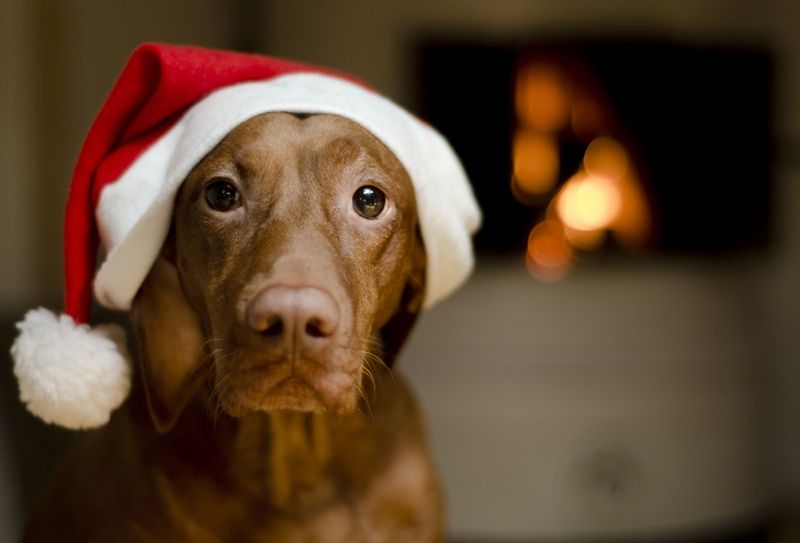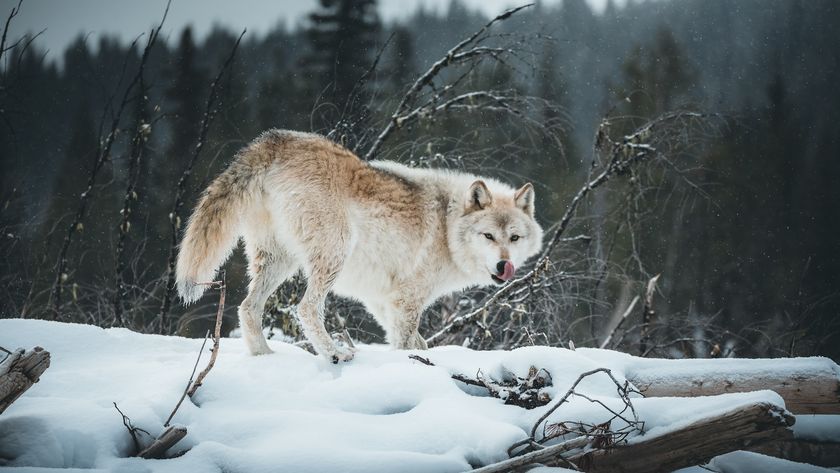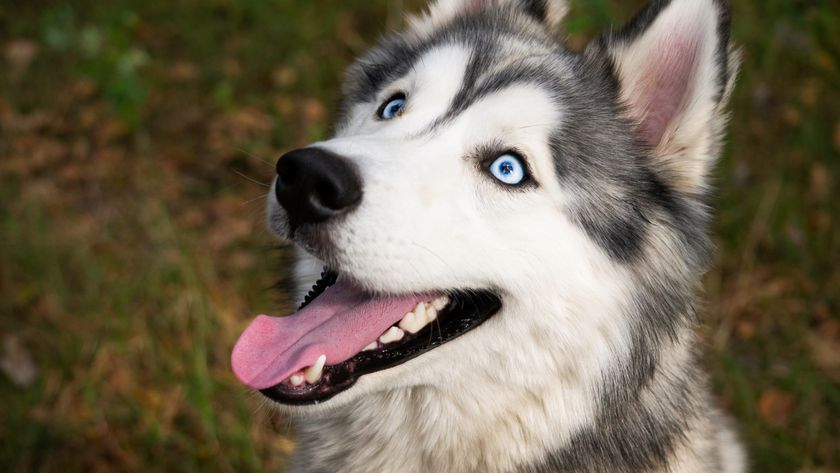
What Does Your Dog Want for Christmas? (Op-Ed)

Brian Hare is an Associate Professor in Evolutionary Anthropology at Duke Universityand the founder of Dognition, a Web-based service that helps people find the genius in their dogs. This post was adapted from the New York Times' best-seller "The Genius of Dogs"is out now in paperback. Hare contributed this article to LiveScience's Expert Voices: Op-Ed & Insights.
What does your dog want for Christmas? Anything you want, apparently. In new results from our research at Dognition, it seems that dogs are heavily influenced by their owners when it comes to choosing toys, objects and even food.
It's already well established that dogs pay close attention to human social cues. When I started studying dogs 15 years ago, I noticed that if there were two identical cups, my pet dog Oreo would always choose the cup I pointed at, touched or singled out in some way. Granted, he knew I had hidden food in one of the cups and was using my social cues to find it, but as every dog owner has experienced, Oreo much preferred to play with the toy I was playing with, even if there was an identical toy nearby.

In the latest results from Dognition, we found that this preference even extended to food. When dogs were asked to choose between two identical treats, they much preferred to choose the treat their owner was standing behind. It became even more interesting to see what happened when the stakes got higher.
Dogs may not be capable of algebra, but they can definitely quantify — or at least estimate quantities. Dogs pass tests that researchers use to show that five-month-old human infants have basic counting skills. For instance, they know that four pieces of food is more than two pieces of food, and that five is more than three. They have a more difficult time when the difference between the two quantities is smaller, so two versus three, and three versus four.
Emanuela Prato-Prevela and colleagues from the University of Milan found that at least when the differences are clear, owners can influence their dogs' decision in counter-productive ways. So when the quantities were equal, dogs preferred the food that their owner signaled towards in some way. Naturally, when one quantity was larger, five versus one piece, dogs preferred the larger portion. But when their owner signaled a preference for the smaller quantity, dogs were significantly less likely to choose the larger quantity.
Not all dogs made the switch, and Dognition showed who was more likely to choose their owners over food. When more was at stake, and the quantities rose to five versus one, it turns out that female dogs showed less of a preference for the larger pile when their owner clearly preferred the smaller pile.
Sign up for the Live Science daily newsletter now
Get the world’s most fascinating discoveries delivered straight to your inbox.
So when thinking about what to get your dog for Christmas, don't worry too much about the gift — it's your enthusiasm that counts.
The author's most recent Op-Ed was "When Dogs Are (Adorably) Stupid." All of the Op-Eds by Brian Hare and Vanessa Woods are available in this archive. The views expressed are those of the author and do not necessarily reflect the views of the publisher. This version of the article was originally published on LiveScience.












